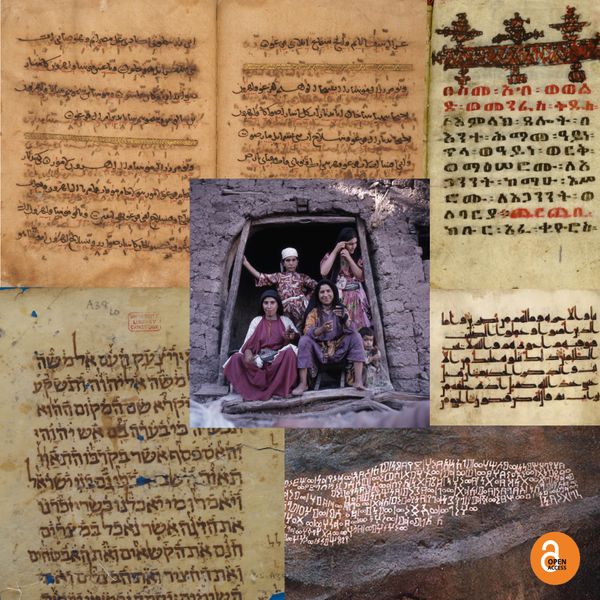Why you should read ancient law as social networks
By Christian Canu Højgaard
Law texts are not usually the literature you would prefer for learning about culture, ideas, and values. They are often tedious, repetitive, and essentially impersonal. They must of course be impersonal because they present the laws of an authority and not any personal opinions. Ancient laws are similar to modern laws in many respects, but there are also import differences.
My own interest in ancient Near Eastern laws was sparked when I encountered scholarly works done since the 1990s on the laws of the Hebrew Bible. Scholars such as the anthropologist Mary Douglas argued that Leviticus and other legal books of the Hebrew Bible were not merely legal stipulations but articulations of a certain worldview that needed other interpretational tools than Biblical scholars have normally used.
The so-called Holiness Code (Leviticus 17–26) is a case in point. Alongside its lists of stipulations of various sorts, it contains concrete—even heartbreaking—cases that are meant to impress the hearer/reader. For example, when a fellow is pictured as literally shaking of poverty (Lev. 25.35).
Through this lens of personal experiences and concrete, everyday disputes, the Holiness Code deals with issues that continue to be relevant: poverty, inequality, immigration, religion. Not in abstract ways but by exemplifying how poor immigrants should be helped and included while preserving the core identity of the community.
The community of the Holiness Code is relatively small. I found it to consist of 59 members, some of them concrete persons like Moses or Aaron, but most of them representing social groups such as peasants, women, priests, immigrants, and poor. The Holiness Code is therefore a model community that represents the most pressing issues in the eyes of the legislator.
It is interesting to see how the community is intertwined in so many different ways. It is clear that encounters with an immigrant do not only affect the ones encountering him but the entire society because ideas and physical goods are exchanged and diffused through the society.
To capture and visualize this intricate network of social roles and relations, I developed a social network model. The benefit of applying social network analysis (SNA) is that it is sensible to how the interactions between two members of a community or between a member and an outsider affect the entire community.
The social network model proposed in my book diverges from most other SNA-approaches in at least three ways:
1. The social network of the Holiness Code is naturally derived from a text. This is not unusual, and there are many interesting social network analyses on the basis of written literature. I have tried to advance this area of research by applying a semi-automatic, computational approach to capture and delineate the persons of the text (chapter 3).
2. Unlike traditional social network approaches, which focus on one particular type of interaction (e.g., marriage ties, friendship, or economical transactions, etc.), the model I created took into account all possible types of interaction including communicational, juridical, cultic, economical, and emotional ones. The benefit of which was to glean as much information from the text as possible. In order to compare quite diverse interactions, I sought out to measure the interactions on the basis of how much agency was required to perform the event (chapters 4–6). For example, speech and harvest are very different events, but each of them requires a certain amount of agency which can be measured given an appropriate linguistic framework.
3. I came to realize that SNA of a text must somehow take into account the structure of the text because the role of a person is not only dependent on his/her interactions but also on how it is positioned in the text. Accordingly, I included the syntactic structure of the text as a third dimension to the social network apart from persons and interactions (chapter 7).
The social network of the Holiness Code is complex but illuminating. As a law text, it offers a glimpse into how an ancient society dealt with pressing issues of immigration, poverty, and increasing inequality. And by capturing the interactions as a social network, we can detect patterns of behaviour that reveal ancient ethics.
This is an Open Access title available to read and download for free or to purchase in all available print and ebook formats below.





